The Power of Storytelling: High Line Canal
Recasting the "vision plan" as a storytelling exercise to get community members of all ages and backgrounds invested in the future of Denver's High Line Canal
 Sasaki
Sasaki
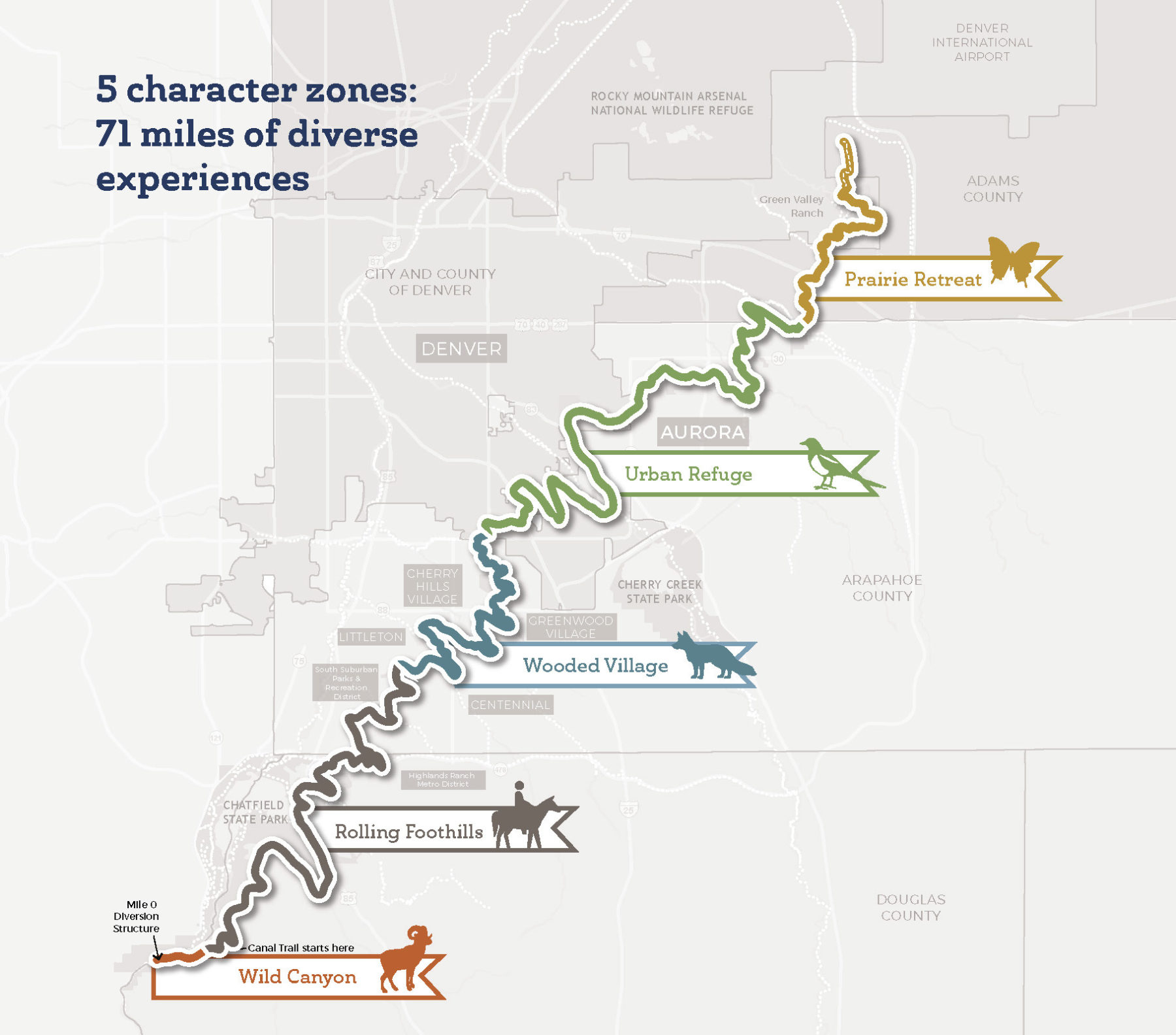
A key element of the Vision Plan was the formation of five “character zones” for the Canal—promoting new ways of celebrating the Canal’s diverse experiences
The Community Vision Plan for the High Line Canal is a forward-looking vision to preserve and enhance a beloved regional greenway in Colorado’s Front Range. The High Line Canal extends 71 miles from the foothills of the great Rocky Mountains to the expansive prairie. Bringing together thousands of residents from all over the region, this initiative inspired participants to think big about their vision for the Canal’s future.
Dug by hand in the late 1800s, the Canal was originally constructed as an irrigation ditch to bring South Platte River water to surrounding farmlands. Today, the Canal still serves as a water delivery method for a fraction of its original water users but has transformed into an increasingly recreational resource. More than 500,000 people use the Canal each year for walking, running, bicycling, and horseback riding. Today, as the Denver region experiences unprecedented growth in numbers and in diversity, and as water is an increasingly limited, precious resource; the High Line Canal is a prime example of how we, as responsible stewards, must look at the future differently than the past.
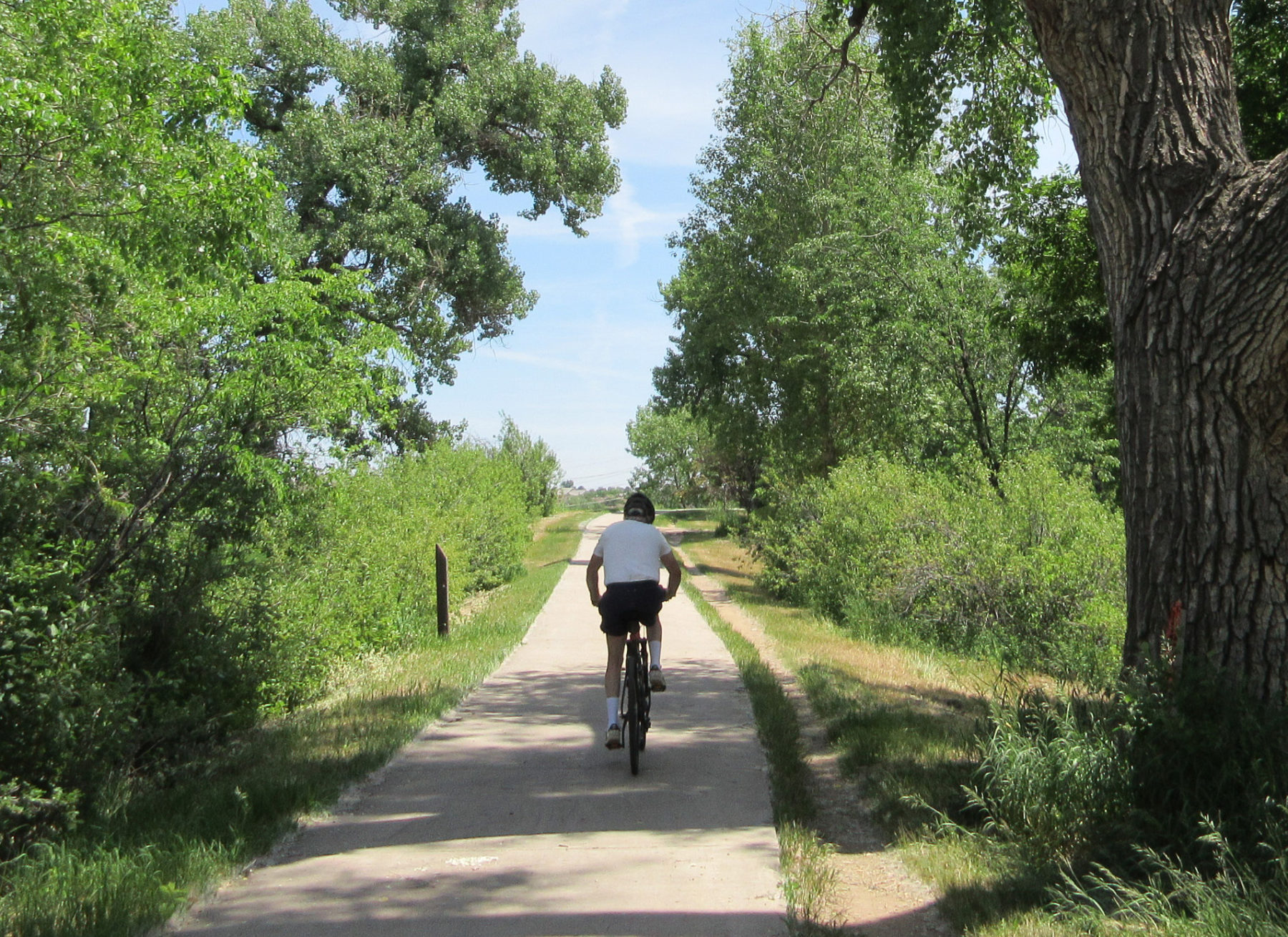
The 71-mile Canal is a beloved natural refuge for the growing Denver region, yet it faces an uncertain future because existing water resources are not sustainable
Water is the number one issue facing the Canal. The Canal is beloved as a peaceful retreat—a place to enjoy a quiet moment in a natural setting. Yet, this natural character relies on the man made Canal to provide water to sustain the ecosystem. The availability of water via the Canal is increasingly limited due to the region’s water context and changing climate, junior water rights, a declining number of customers, and the high rates of evaporation and seepage of the Canal. With more than 70% of water evaporating or seeping out before it reaches a paying customer, the Canal is not a responsible way to deliver water in today’s era of water conservation. The vision plan explores opportunities for new forms of stewardship to preserve the Canal’s natural character.
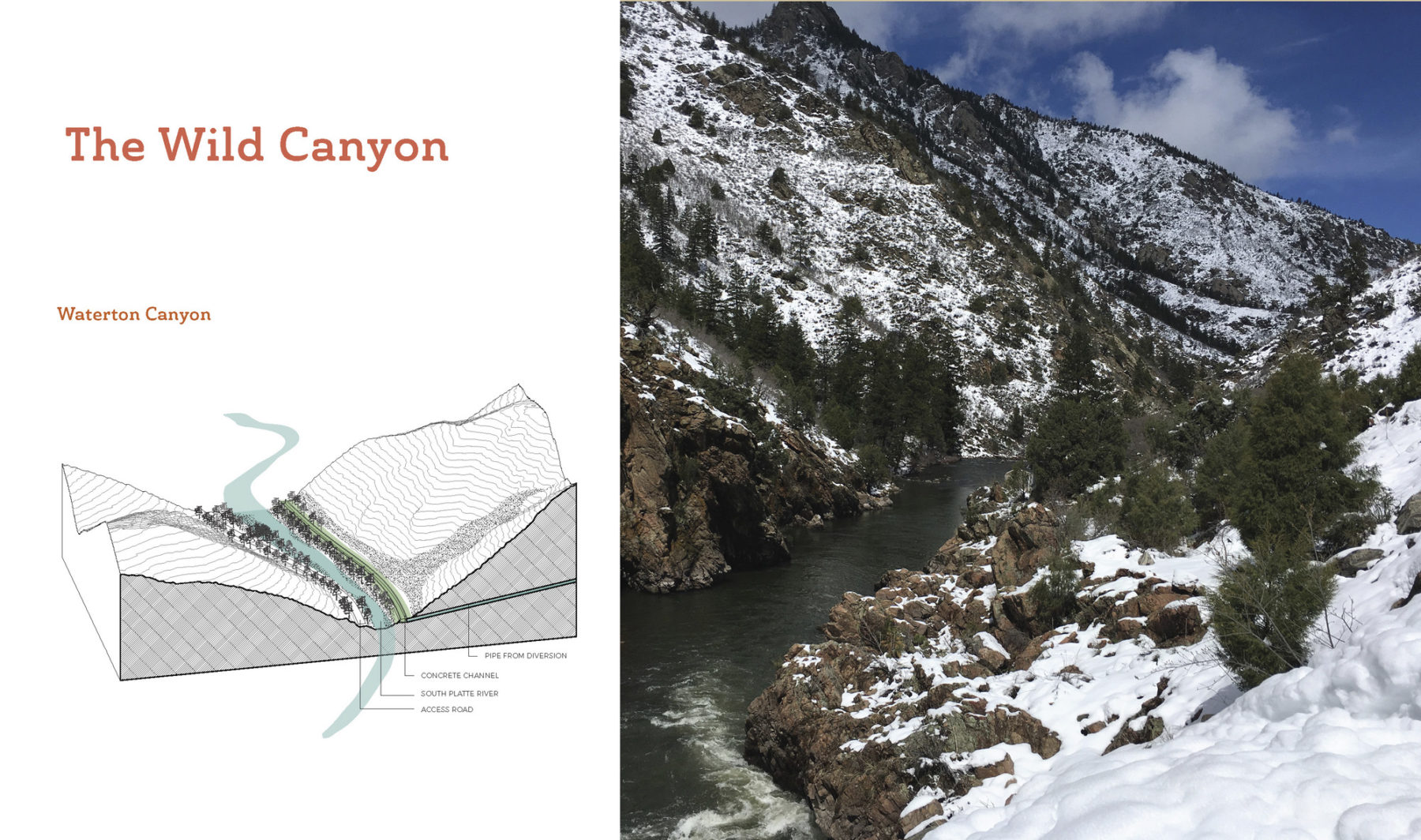
Character zone 1: The Wild Canyon
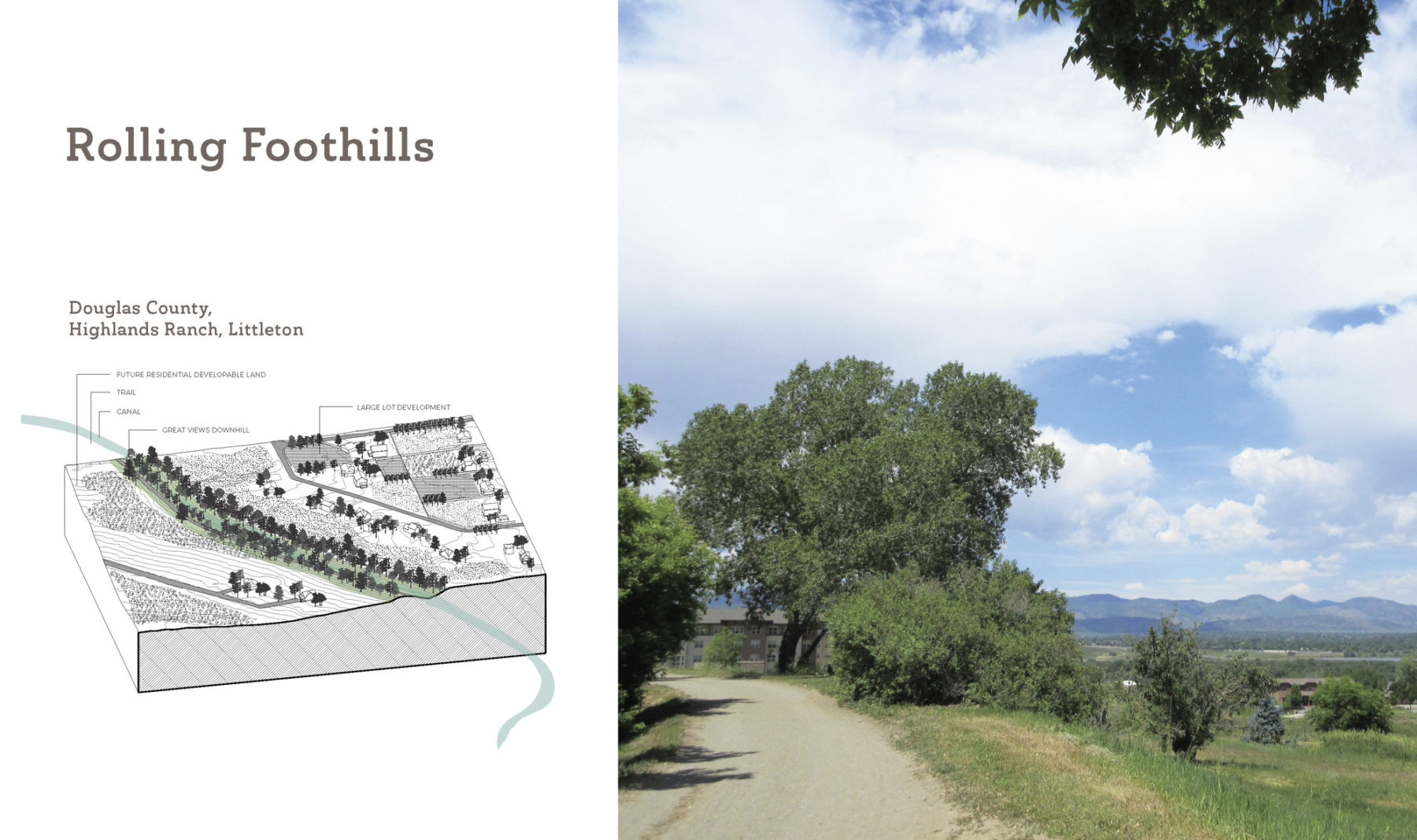
Character zone 2: Rolling Foothills
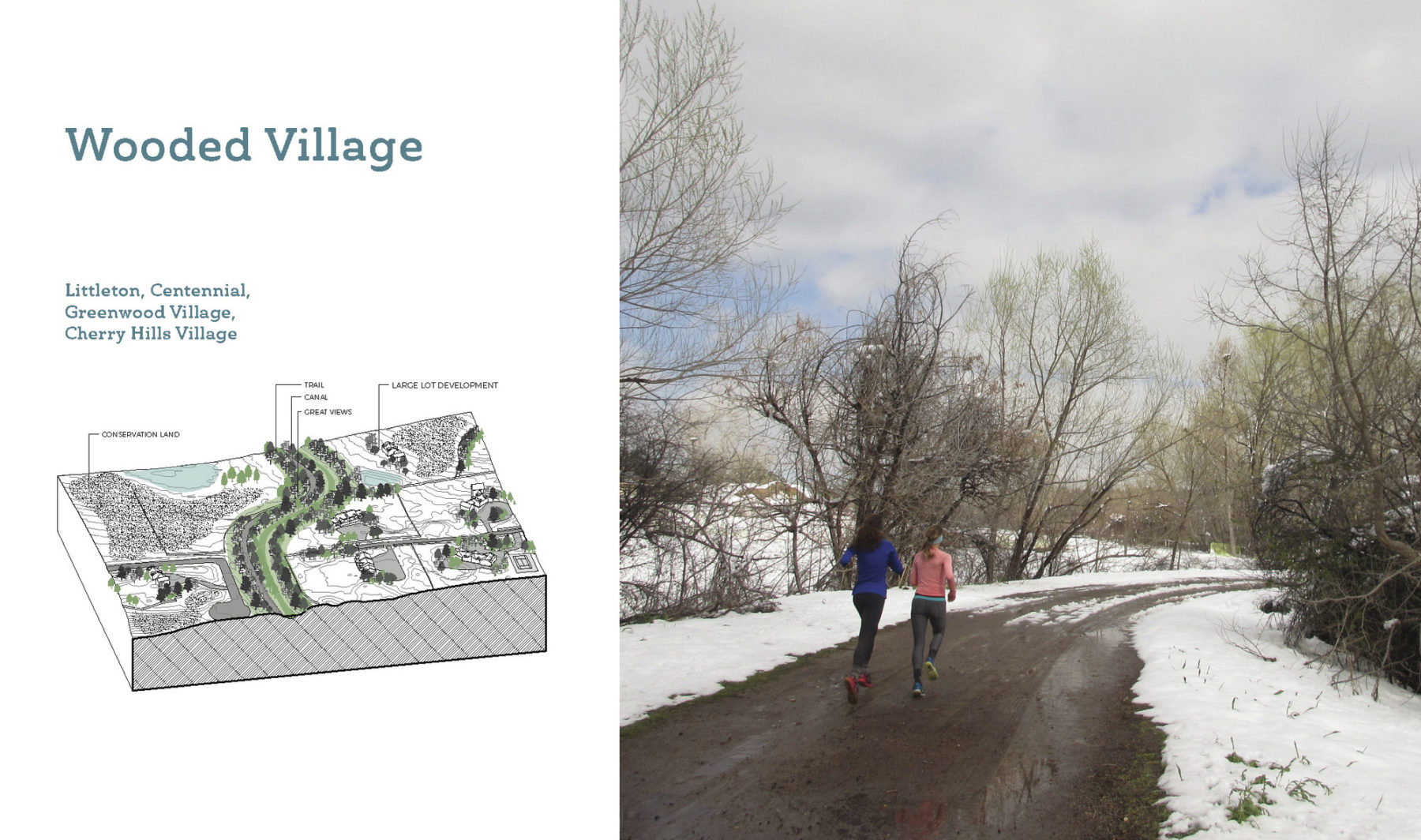
Character zone 3: Wooded Village
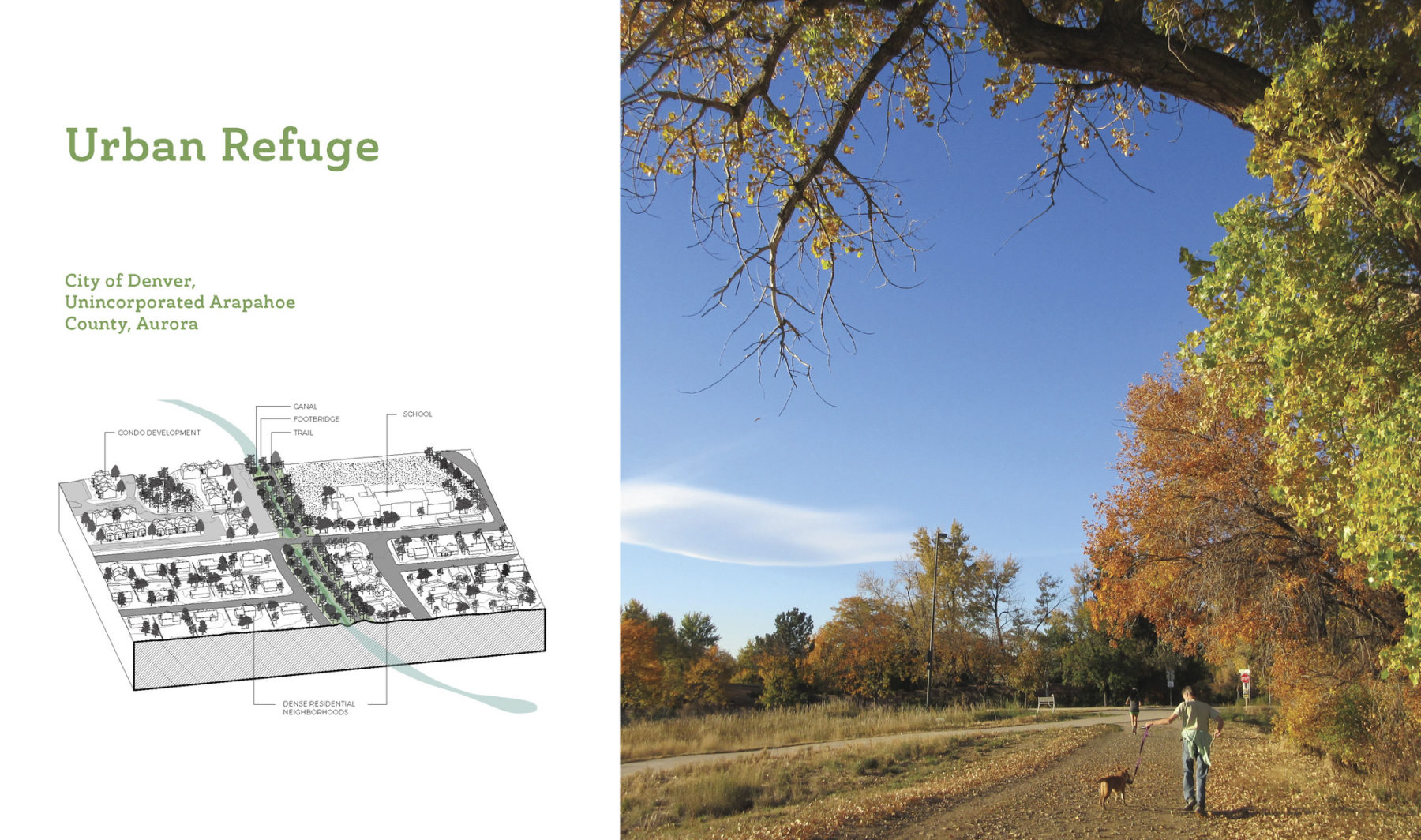
Character zone 4: Urban Refuge
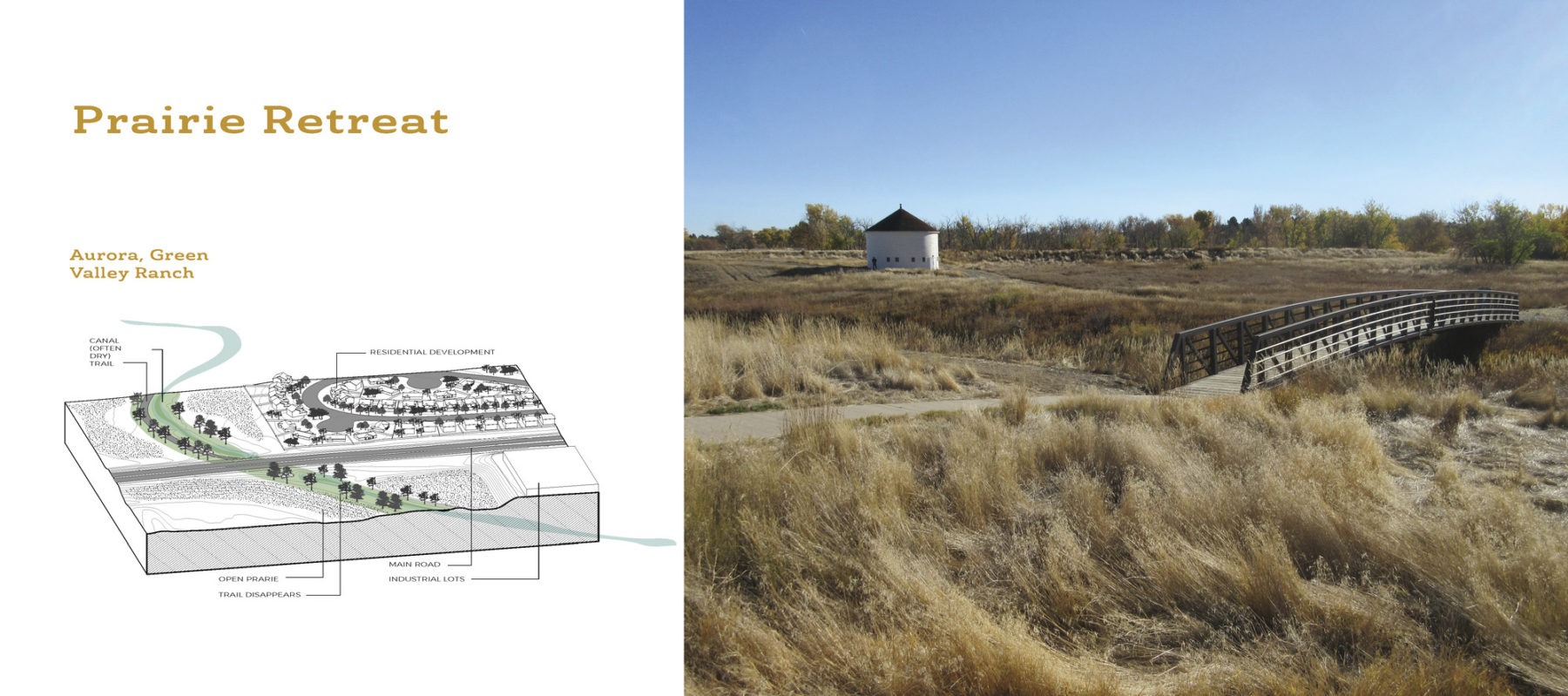
Character zone 5: Prairie Retreat
Character zone 1: The Wild Canyon
Character zone 2: Rolling Foothills
Character zone 3: Wooded Village
Character zone 4: Urban Refuge
Character zone 5: Prairie Retreat
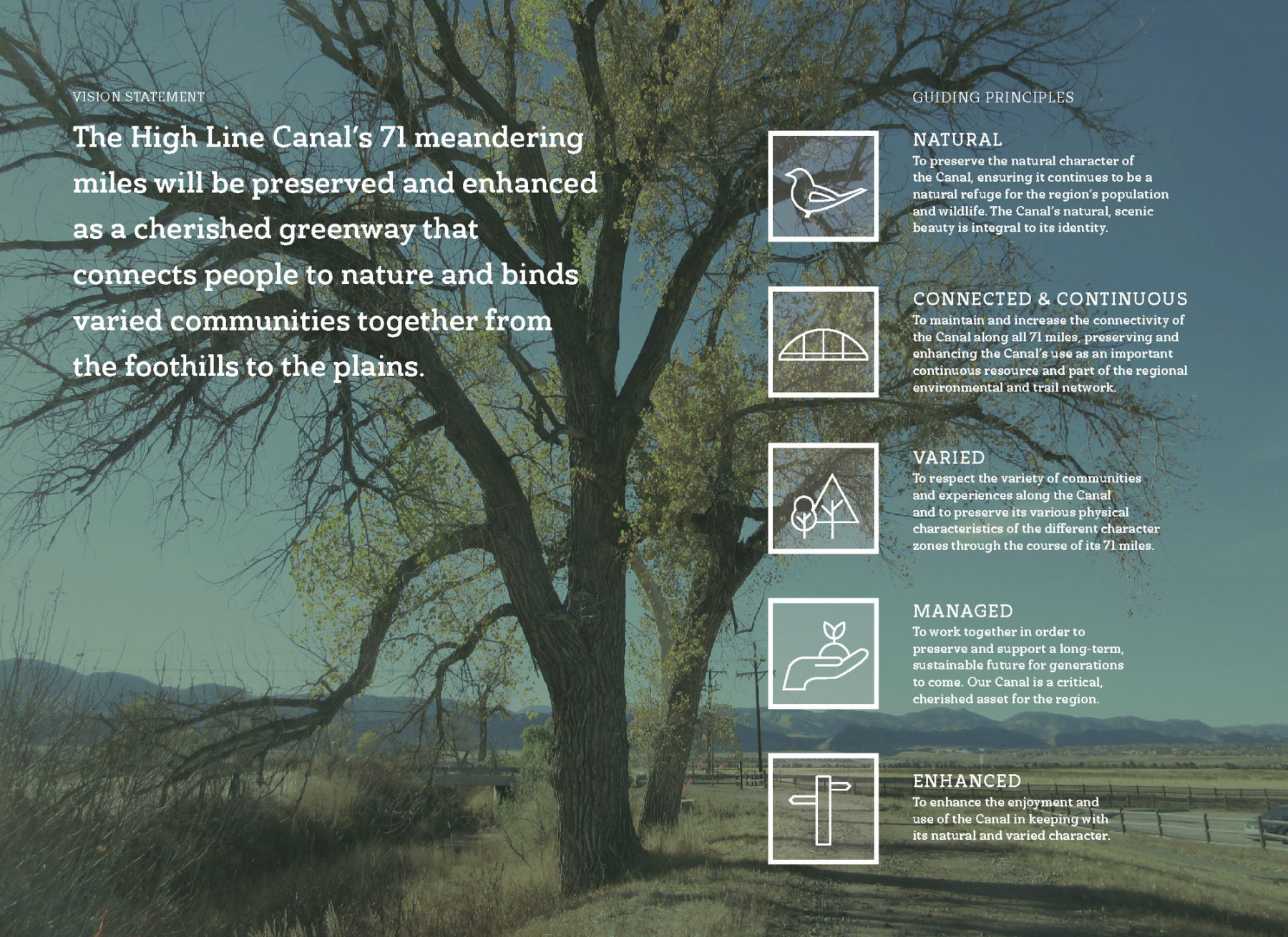
Community input from 11 different jurisdictions shaped a common vision for the canal’s future
Bringing together more than 3,500 community members, as well as more than 40 stakeholders, elected officials, and city planning staff, the process framed the Community Vision Plan as a forward-looking story of the Canal’s future. “Adventure on the High Line Canal”—branded to express a spirit of journey and an ambition to write a powerful forward-looking story—was a diverse, fun series of forums for public engagement.
Built on this diverse feedback, the plan identifies opportunities for preserving the Canal’s character, strategies for celebrating the different experiences along the Canal, and ideas for continued collaborations with communities, partner organizations, and governmental agencies. The process also revealed great interest in exploring the opportunities of stormwater as a benefit for the surrounding areas, preserving the Canal’s natural character for future generations to enjoy.
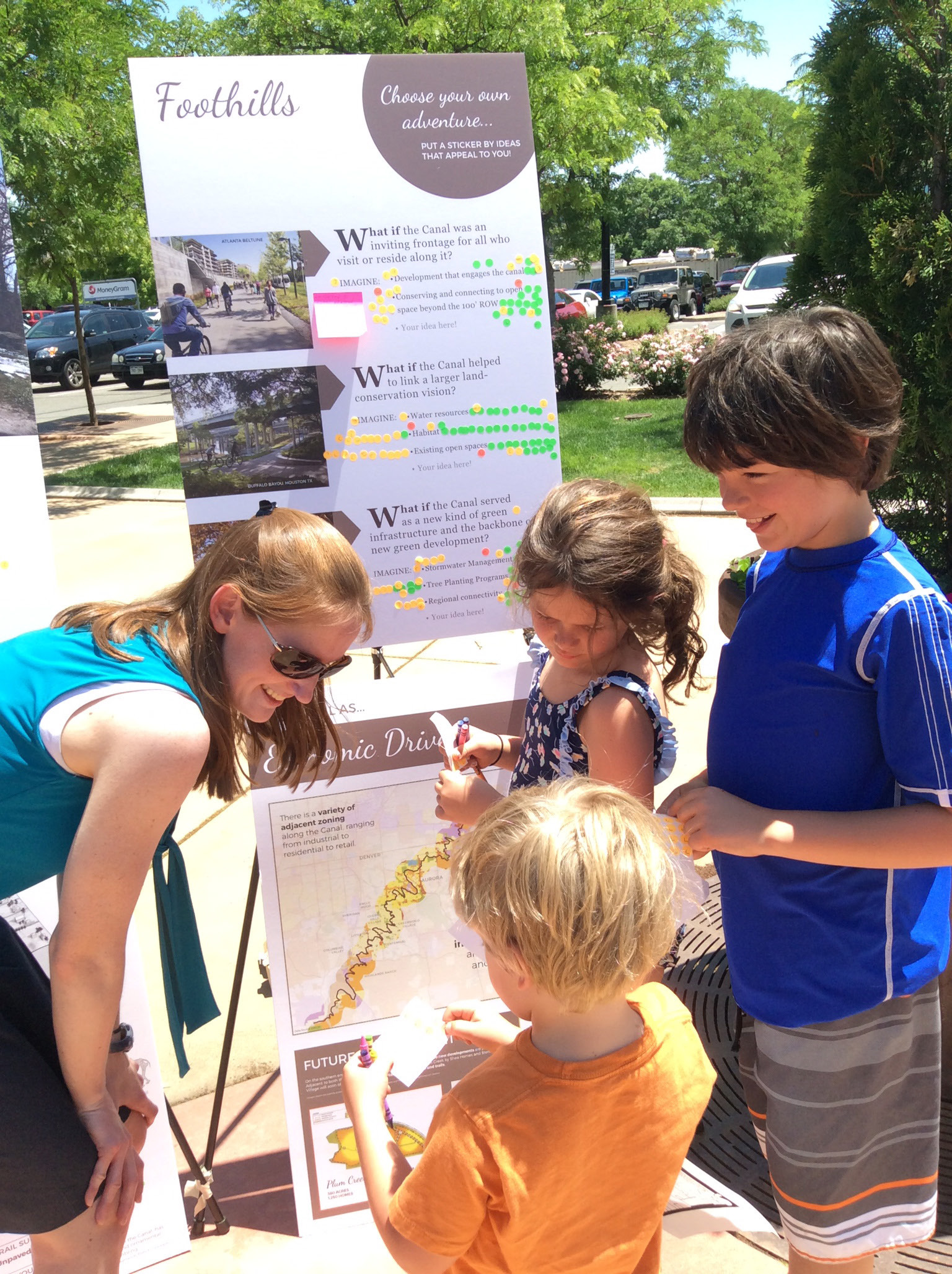
Engaging the next generation: Youth engagement—including all ages in open houses, stand-alone City as Play events, and an educators focus group—contributed to the vision
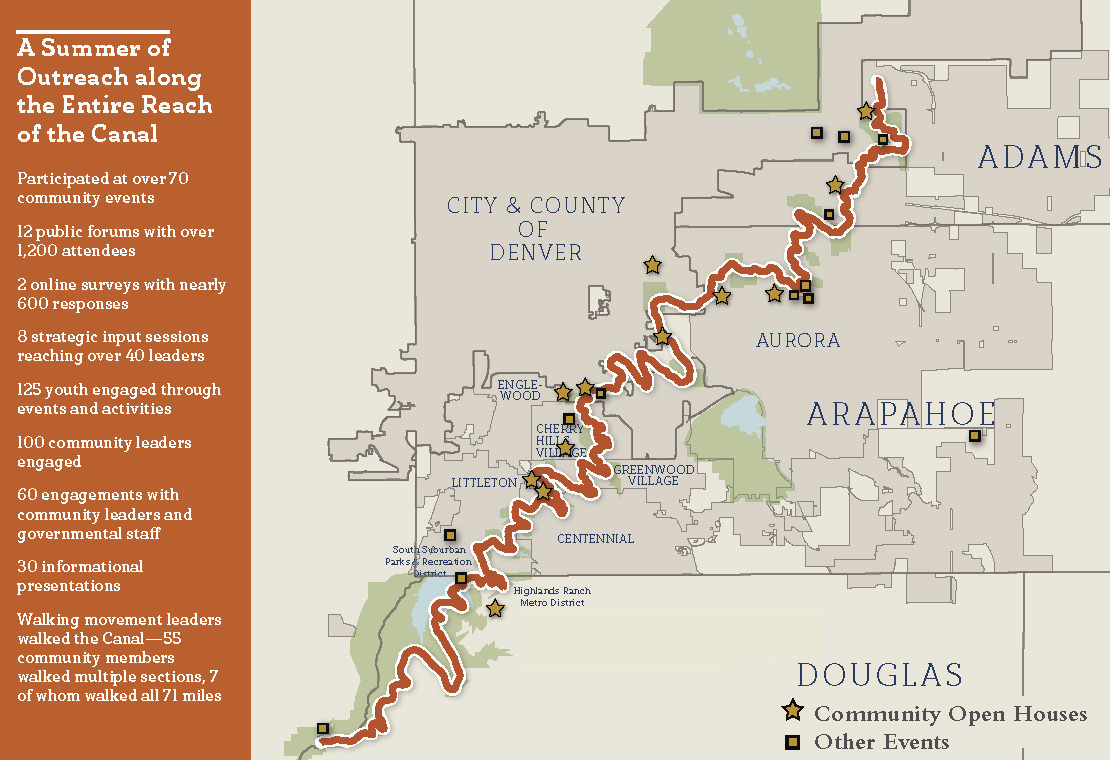
With more than 100 events in total, Adventure on the Canal included a diverse range of tactics to reach the Canal’s diverse communities and stakeholders
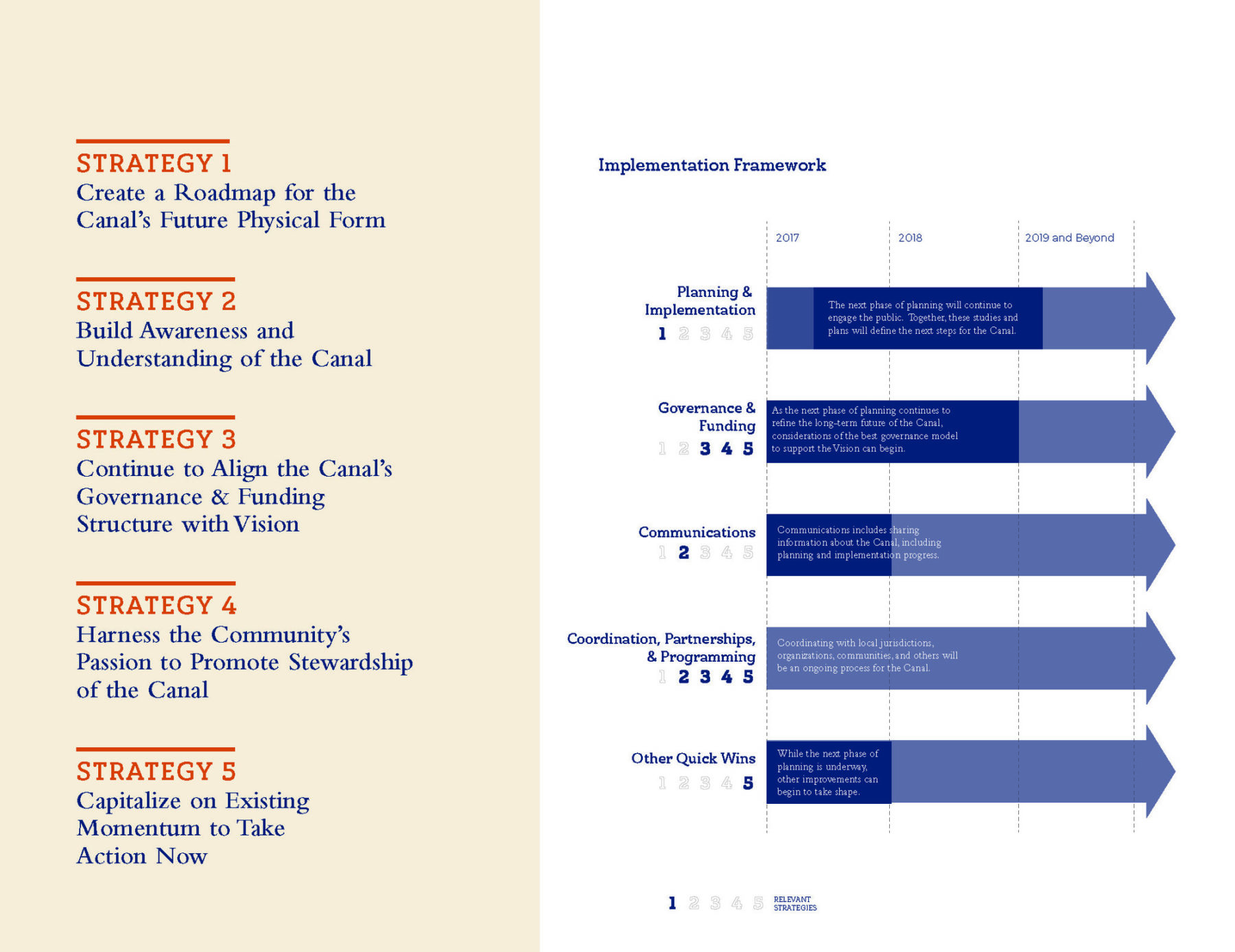
Five different strategies formed the building blocks of the implementation framework
Engaging the next generation: Youth engagement—including all ages in open houses, stand-alone City as Play events, and an educators focus group—contributed to the vision
With more than 100 events in total, Adventure on the Canal included a diverse range of tactics to reach the Canal’s diverse communities and stakeholders
Five different strategies formed the building blocks of the implementation framework
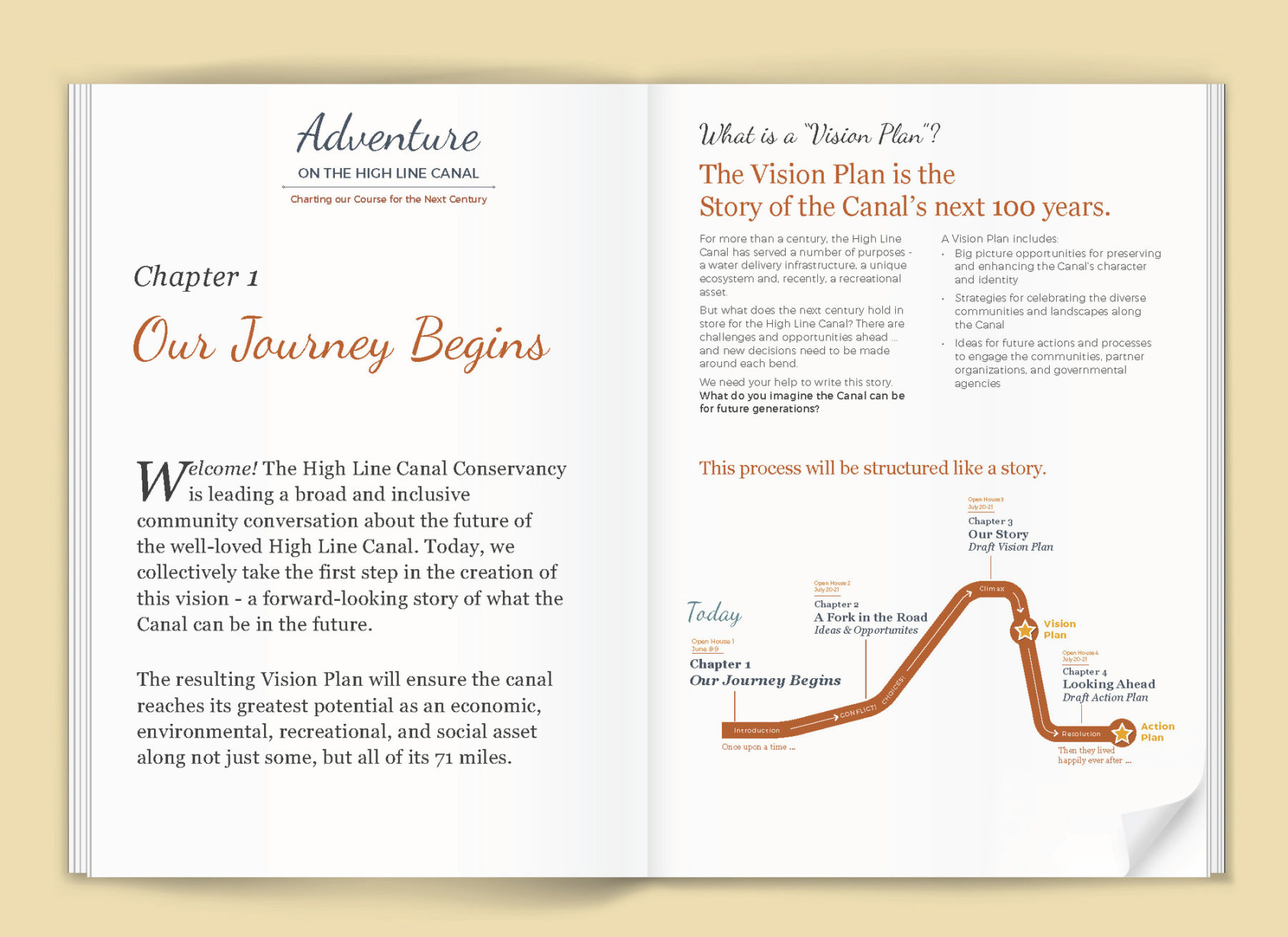
Branding the effort as a story—Adventure on the Canal—created a consistent message and helped the process feel more approachable than typical planning processes
Focusing on storytelling was integral to the success of this plan. Just as every great story is a journey that sparks imagination and excites the mind, the vision process illuminated a series of powerful ideas about the future of a great resource. Importantly, the inclusive process led to a shared vision—marking the first time that all jurisdictions have endorsed a common vision to guide the Canal’s future.
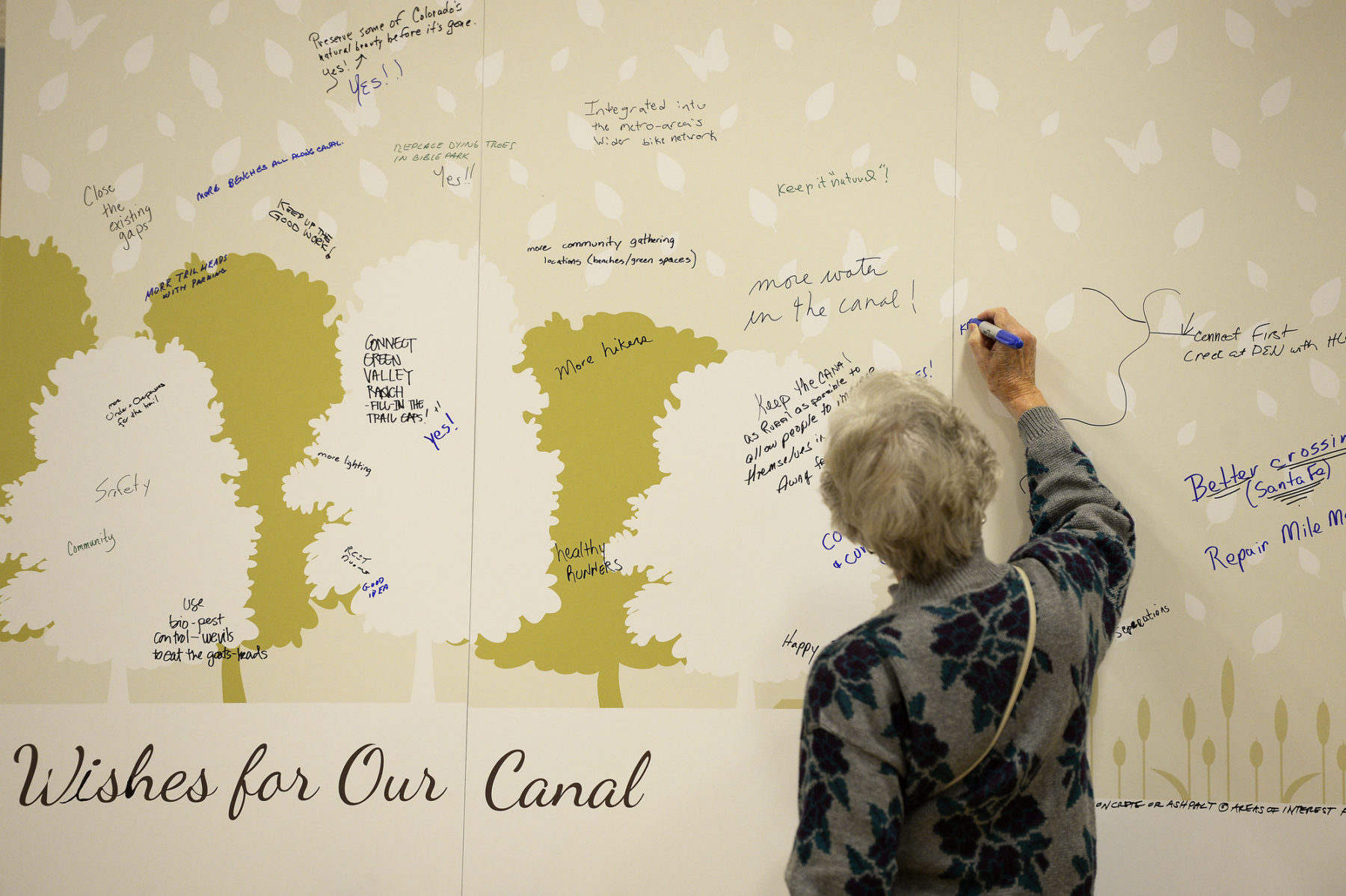
The Canal touches multiple diverse communities; their common passion and commitment built this powerful Vision Plan, a transformational regional vision for the Canal’s future
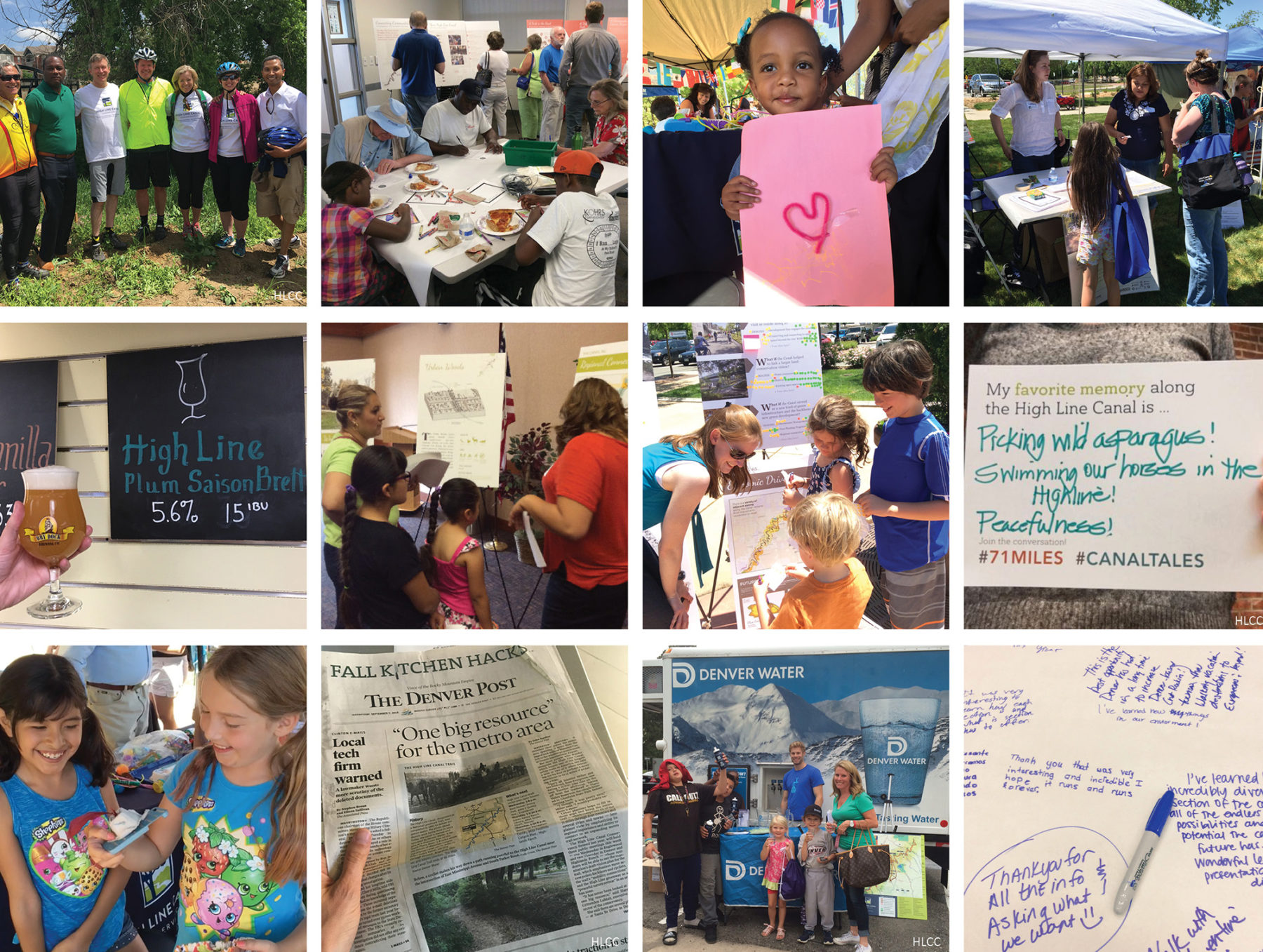
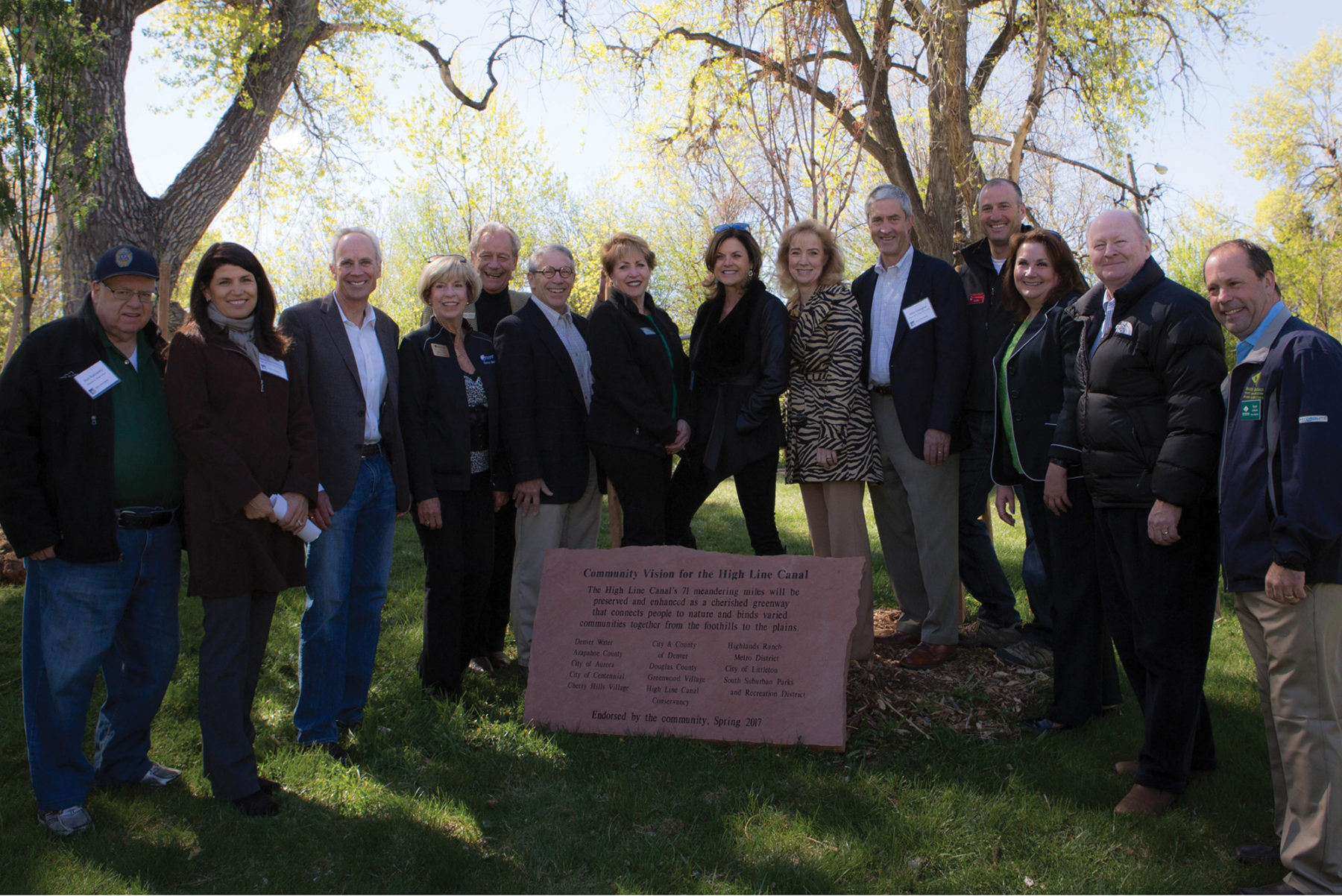
Multijurisdictional cooperation: All 11 jurisdictions that the canal passes through have endorsed the vision plan. This is the first time in the canal’s history that all communities have come together to support a common vision.
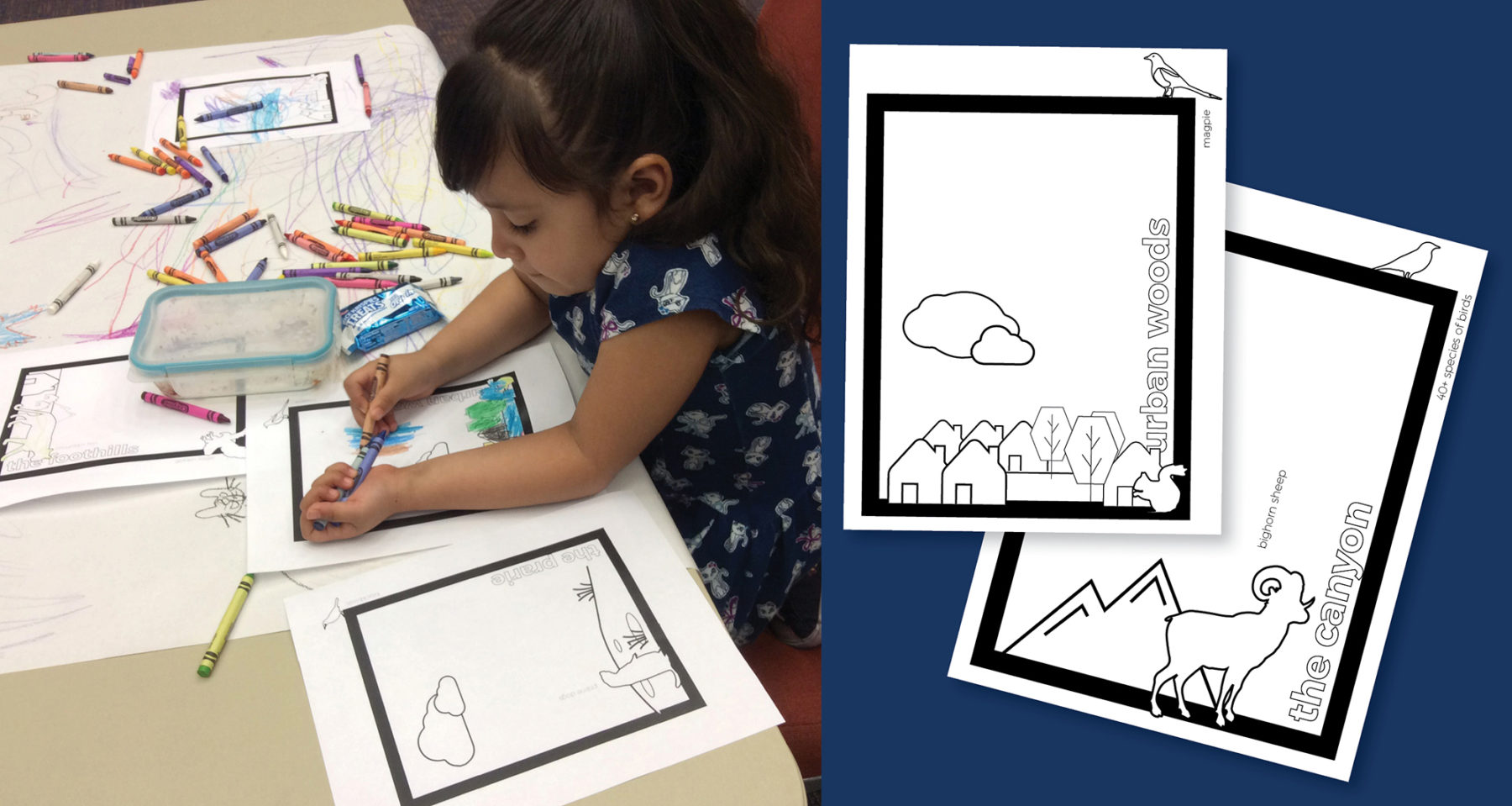
Coloring pages provided a child-friendly version of the open house boards, and let the youngest meeting attendees take their own Canal journey